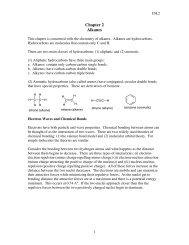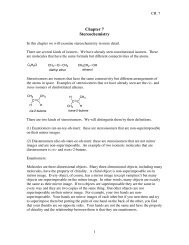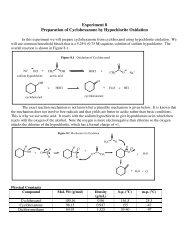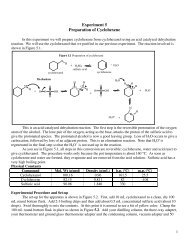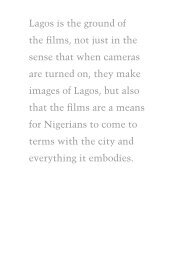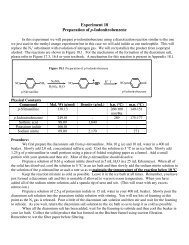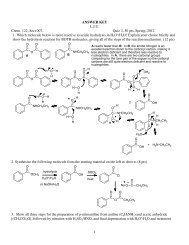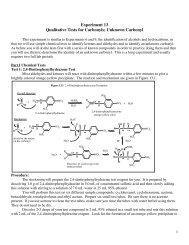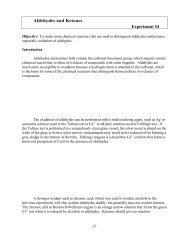Collective and Elective Ethnicity: Caste Among Urban ... - myweb
Collective and Elective Ethnicity: Caste Among Urban ... - myweb
Collective and Elective Ethnicity: Caste Among Urban ... - myweb
Create successful ePaper yourself
Turn your PDF publications into a flip-book with our unique Google optimized e-Paper software.
610 AliMuslims in the Indian context. Where income, education, <strong>and</strong> occupationbecome primary considerations for marriage, we can say that caste is nolonger important, or, at the least, that it is not the primary orienting socialidentity.In Hyderabad, I found three basic strategies of match-making: wherecaste is a primary concern; where caste is given some weight, but is boundedby concerns of wealth <strong>and</strong> education; <strong>and</strong> where little if any concern is givento caste. The first strategy of endogamous marriage is not particularly commonin Hyderabad, <strong>and</strong> it is limited to some numerically small subgroups,such as those discussed above. More commonly, caste is taken into consideration,with other things being equal. Usually this takes the form ofdiscrimination against lower status groups.Many people say that they will give preference to someone who is fromtheir caste or near to their caste. A common statement that I heard frompeople who were Sheikhs, Mughals, or Pathans was that they would marrytheir children to individuals of any of these castes, but not to Syeds, who areconsidered the highest status among Muslims, as they are blood descendentsof the Prophet Muhammed. 14 For the most part, people condone hypergamy<strong>and</strong> even hypogamy, so long as the gap is not too distant. It is fine for Sheikhs,Pathans, <strong>and</strong> Mughals to intermarry, as they are close in status. Some thinkthat Syeds, though, should have only hypergamous marriages, that it is finefor Syed boys to marry others, but unwise for others to marry Syed girls. Onelady told a story of a couple whose marriage ended in divorce. “Of courseit did,” she said, “because she is Syed, <strong>and</strong> he is Pathan. Boys should nevermarry up.” “But you’re Sheikh <strong>and</strong> you’re married to a Pathan,” I said. Shesaid, “Yes, but there’s not so much of a gap, so it’s alright. If the gap is toomuch, then that is a bad thing. It is too much of a gap between Syeds <strong>and</strong>us. This mixing is all right for us, but is a more important issue for Syeds.They’re from the Prophet’s line after all. When we look for a wife for ourson, we will take this into account.”Many people like the woman above emphasize the social importanceof Syeds <strong>and</strong> how they are, or should be, endogamous. It is not required, butis looked upon favorably. One noble’s son said to me that there is nothingwrong with marrying out of your caste, but how nice it would be for a Syedlike you to marry a Syedni (female Syed). It would be best, especially if youare Syed on both sides.While caste is often a consideration for marriage, it is not necessarilya primary concern. Exogamous marriages are common for upper castes,including Syeds. The idea that Syeds are too high-status to marry those14 On the changing roles <strong>and</strong> positions of Syeds as religious <strong>and</strong> political elites in South Asia,see Wright (1999).



